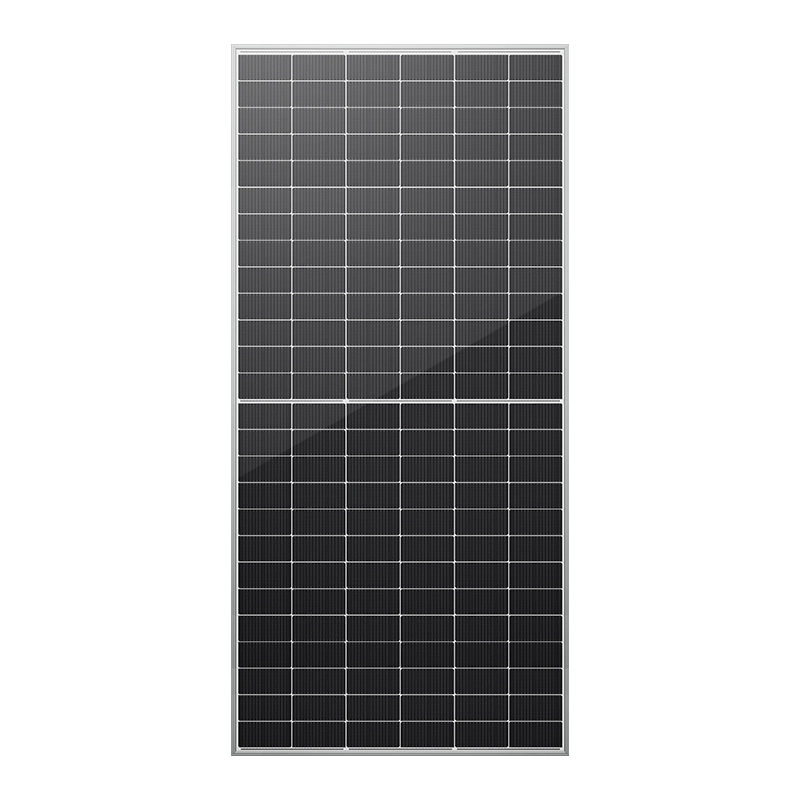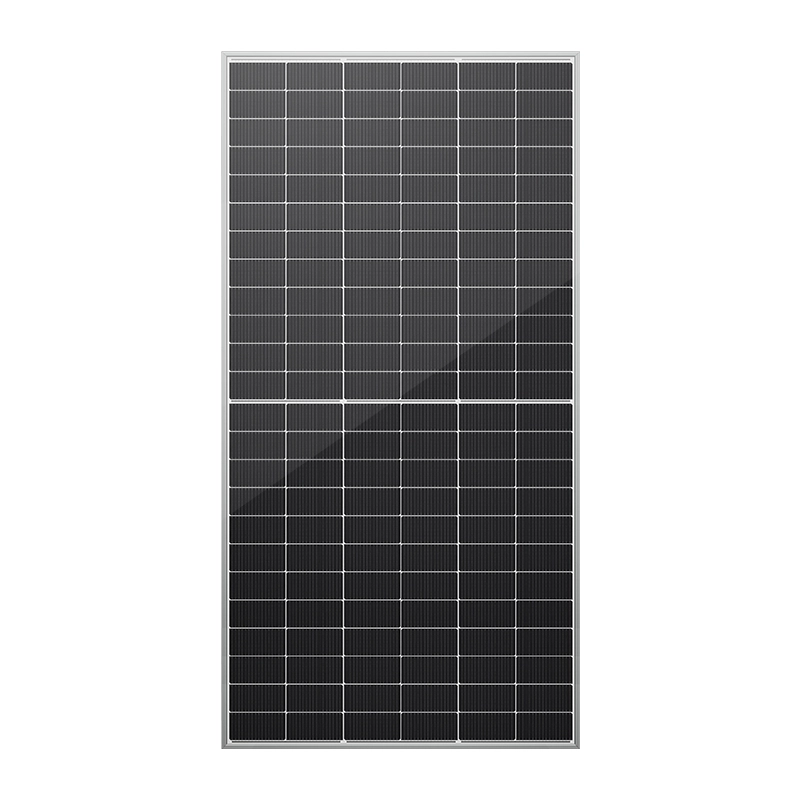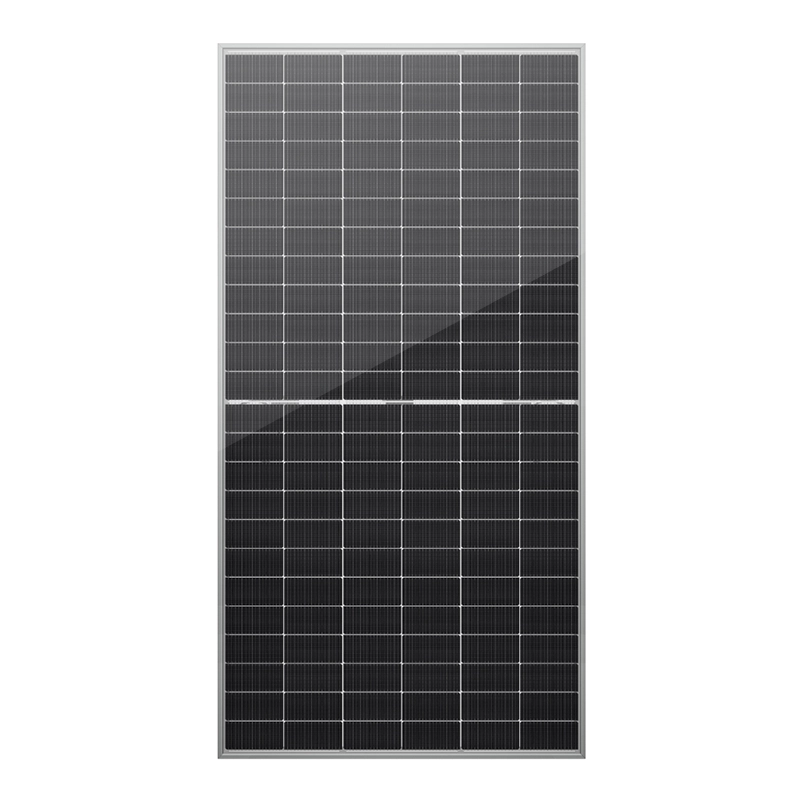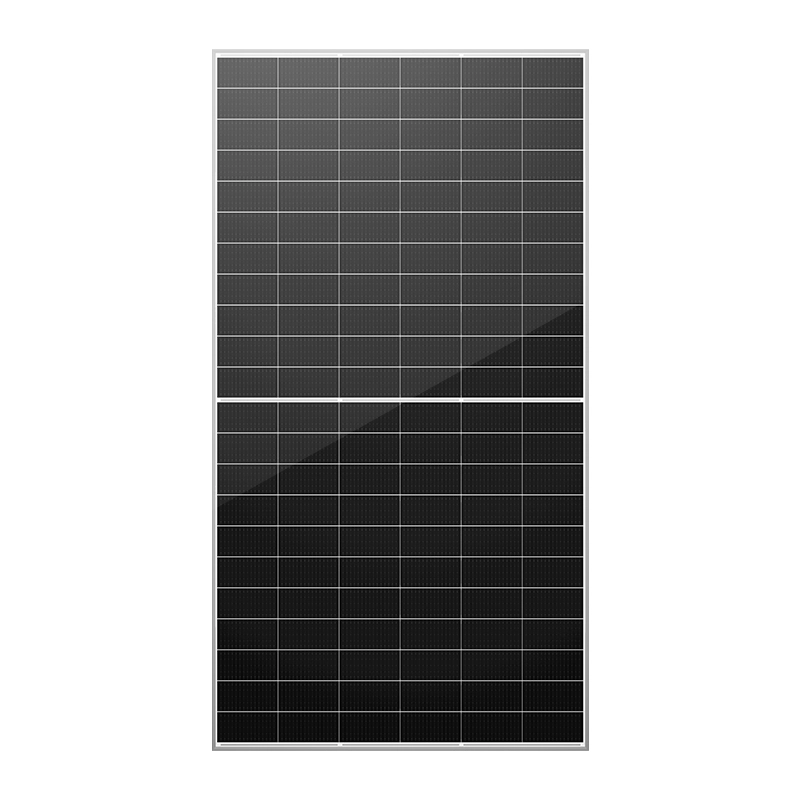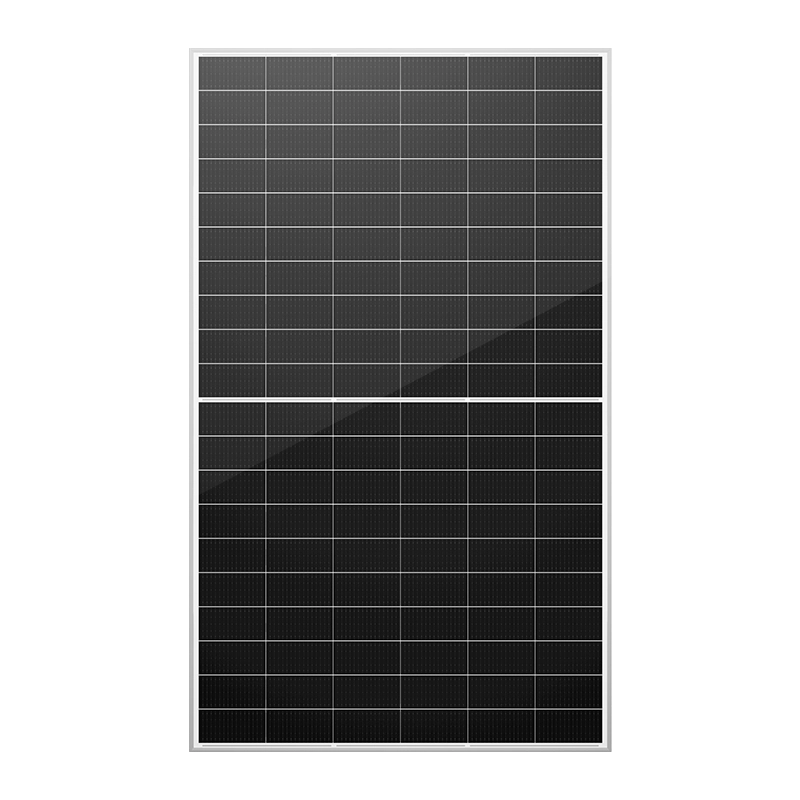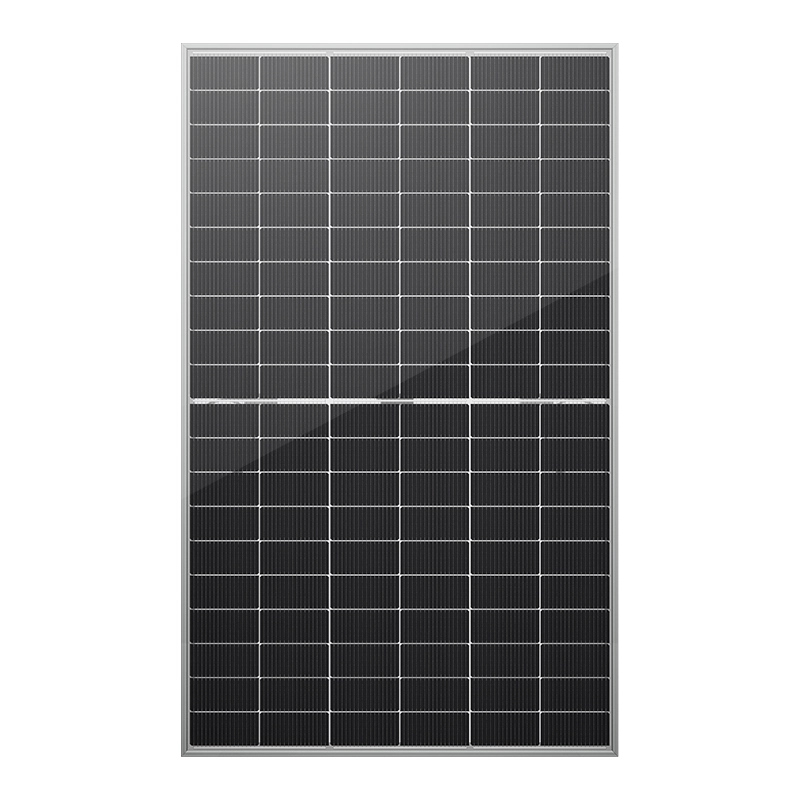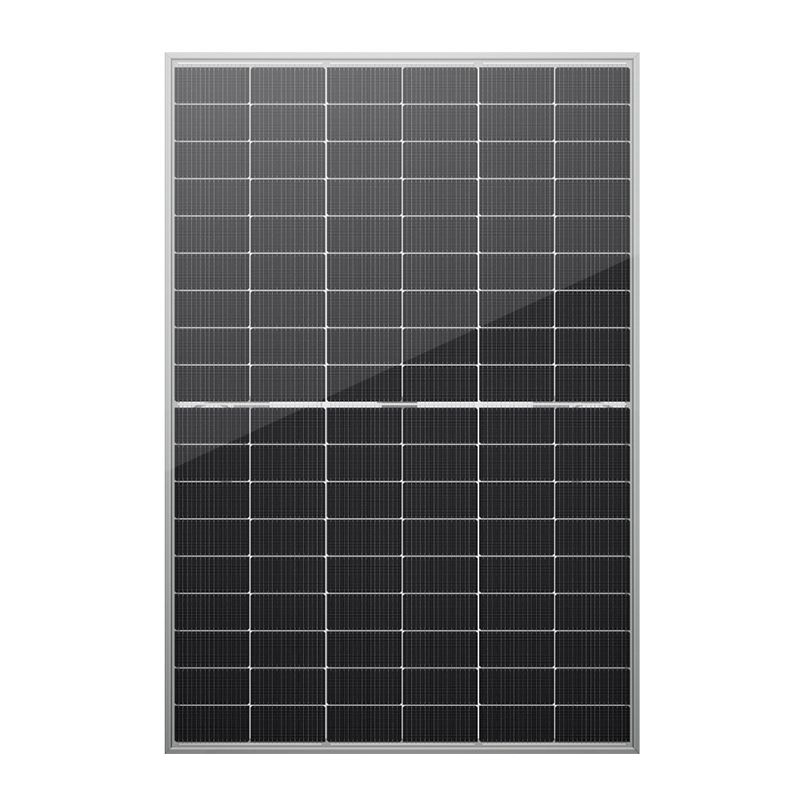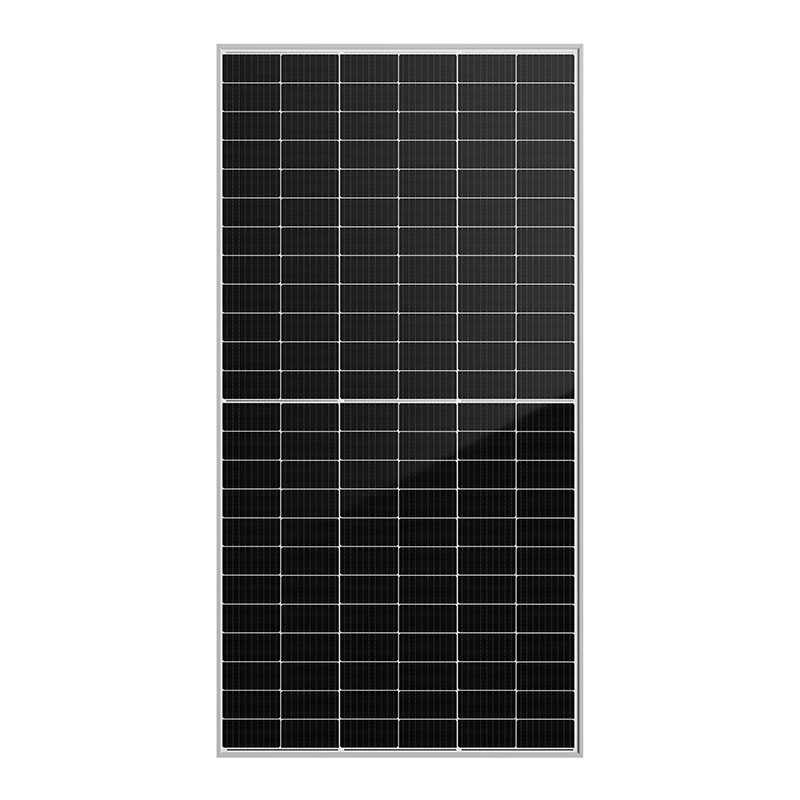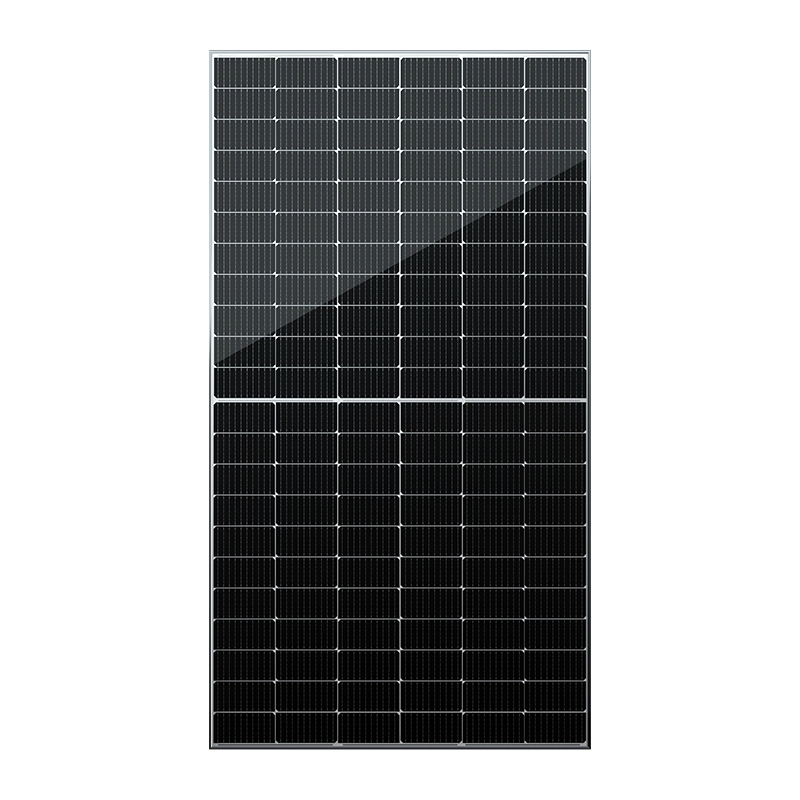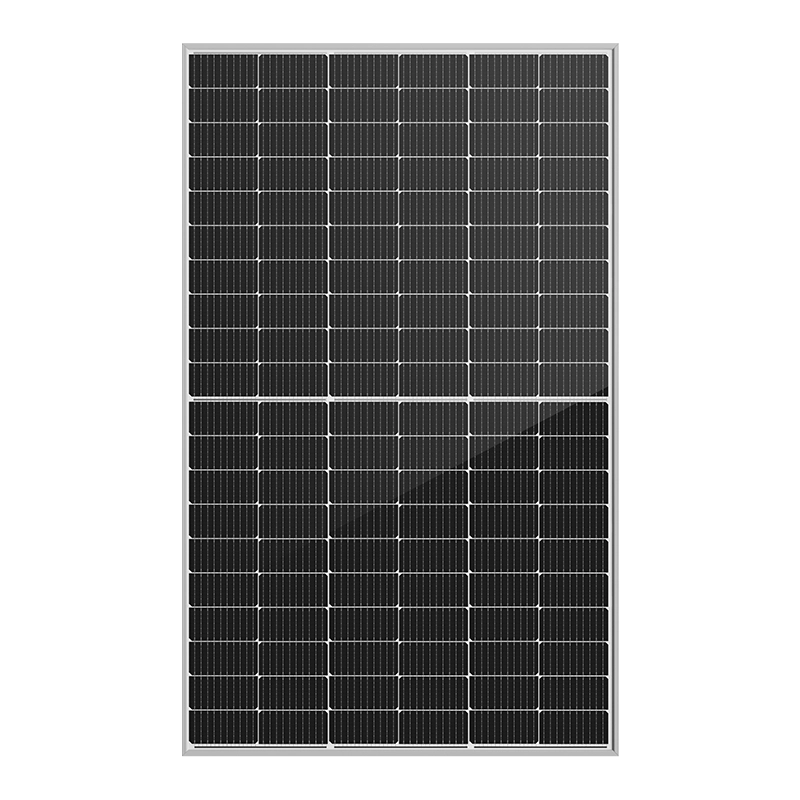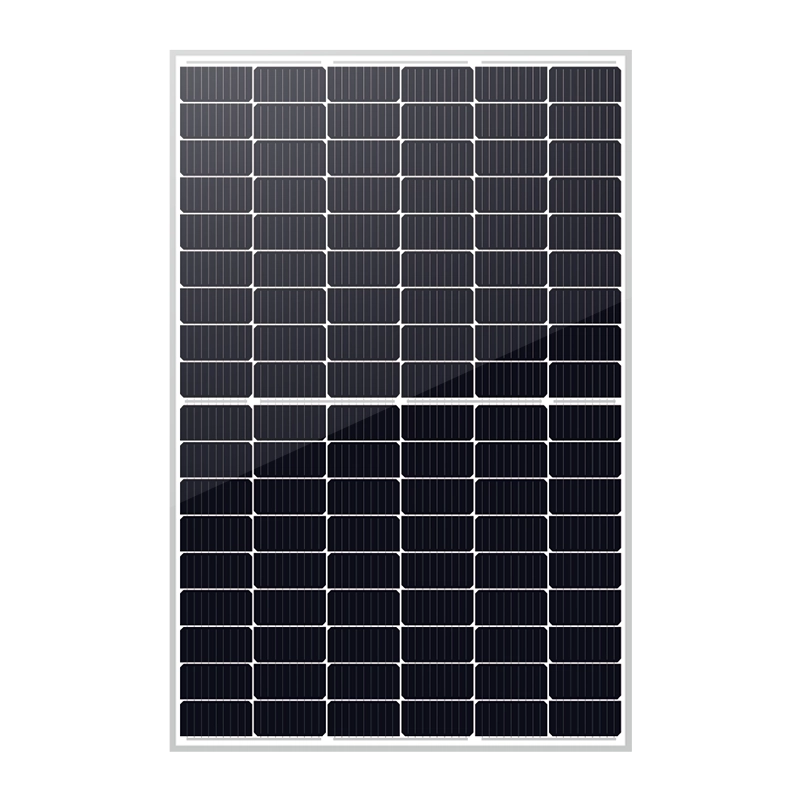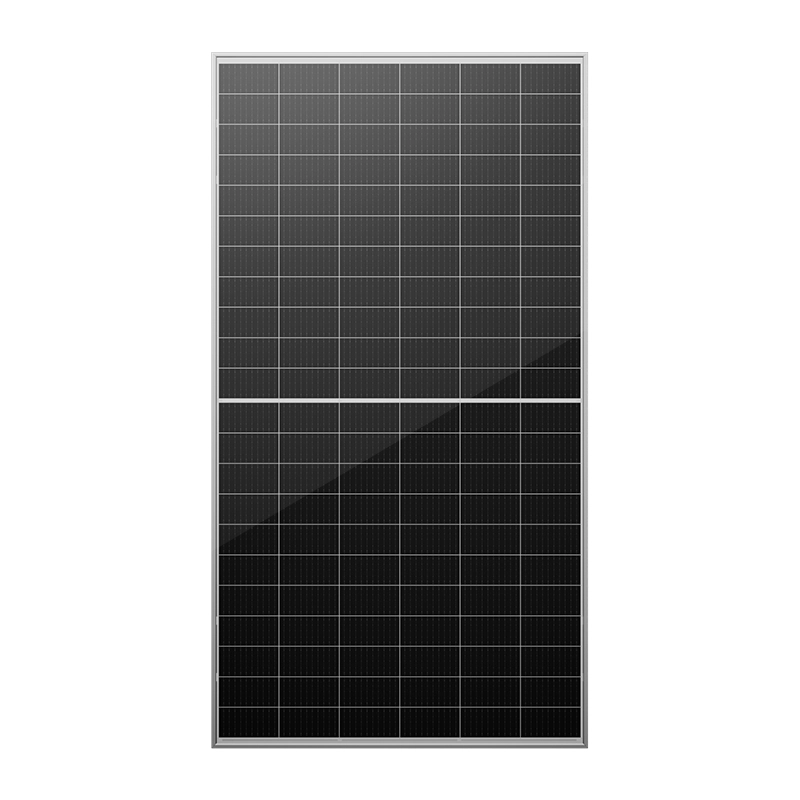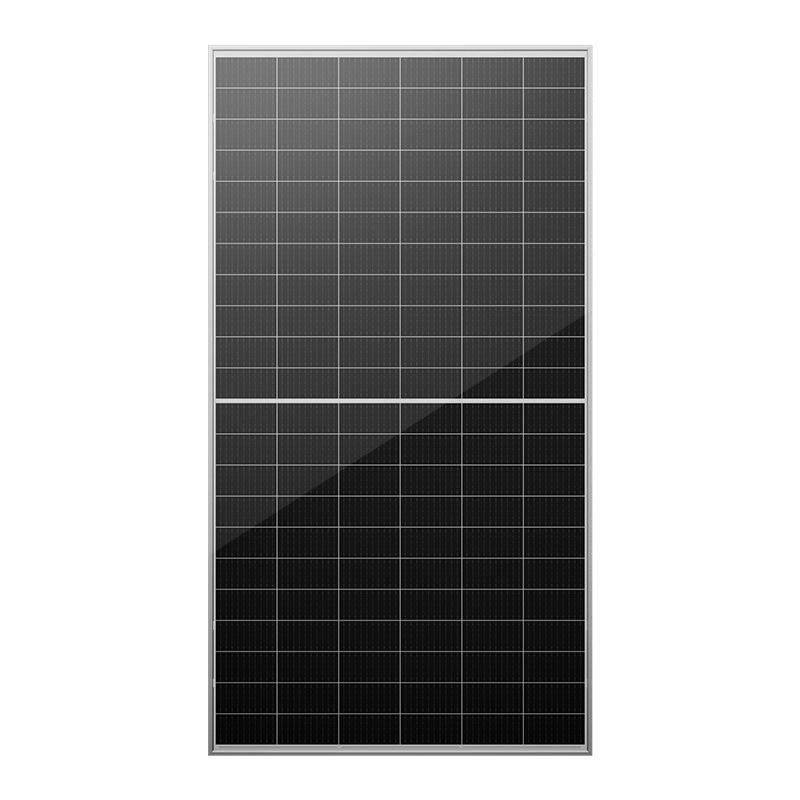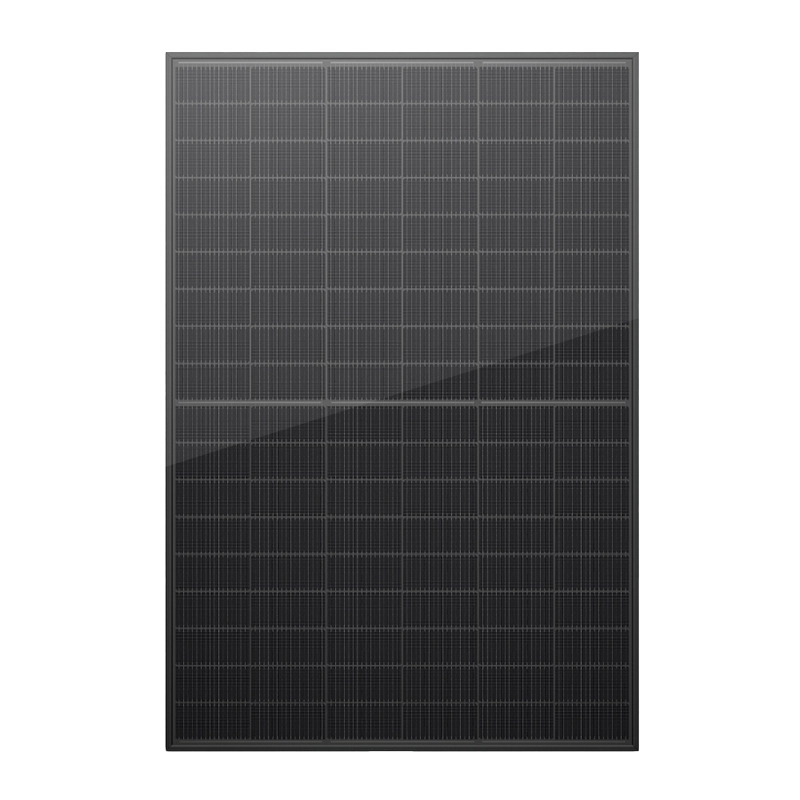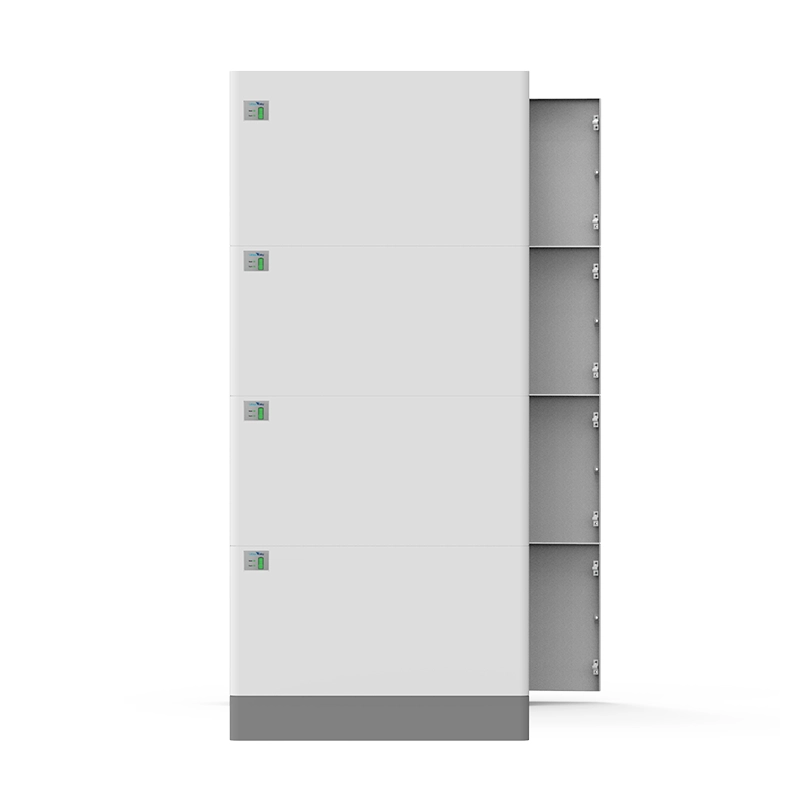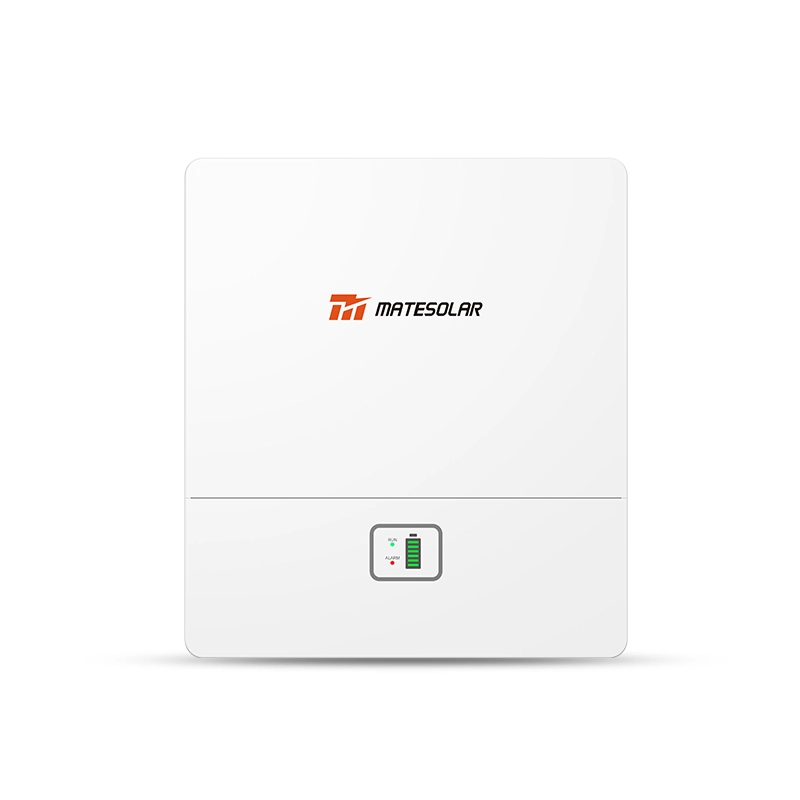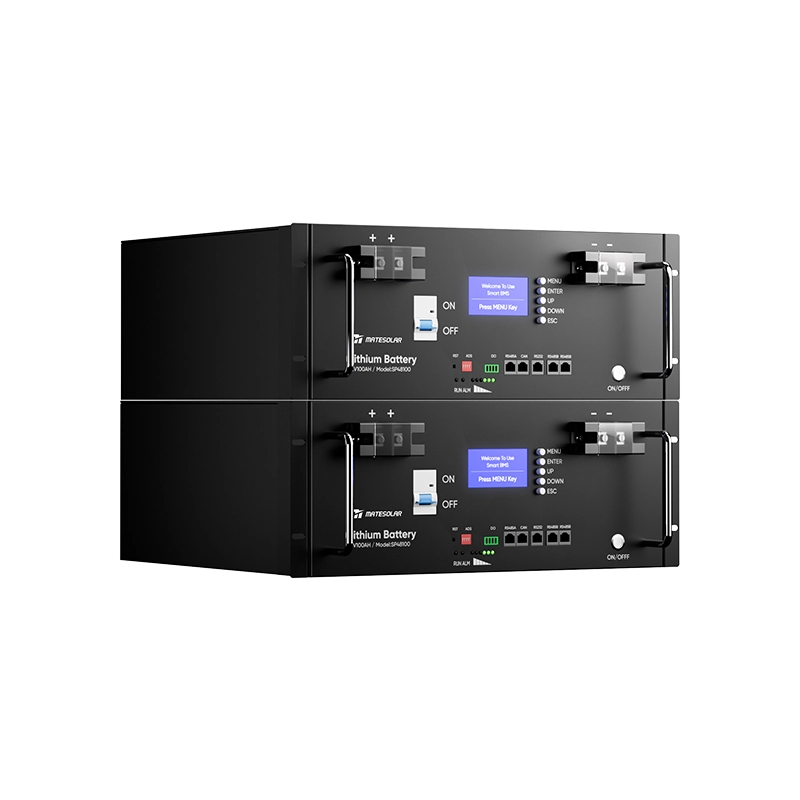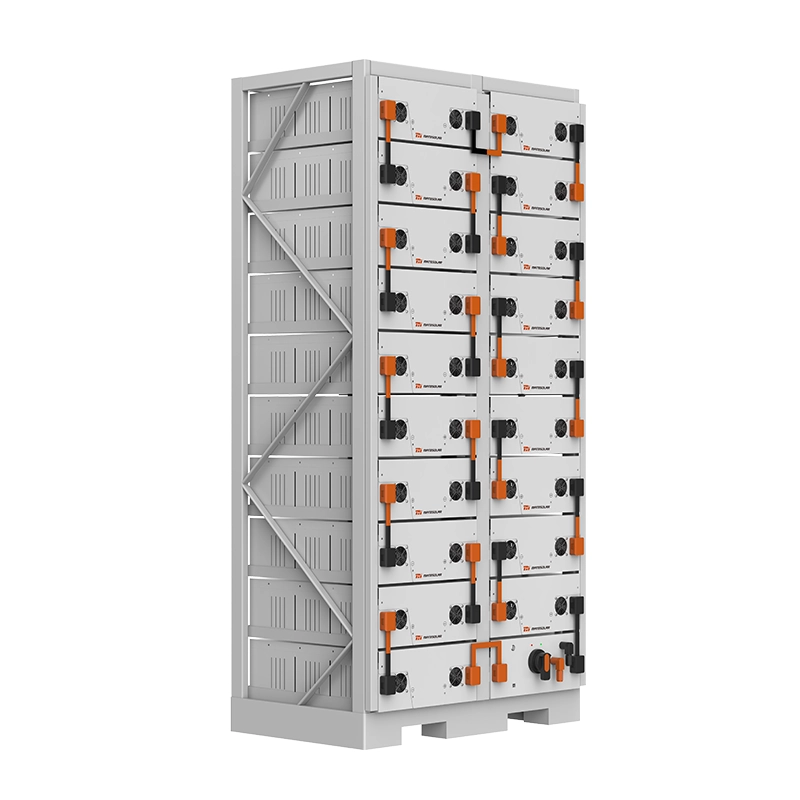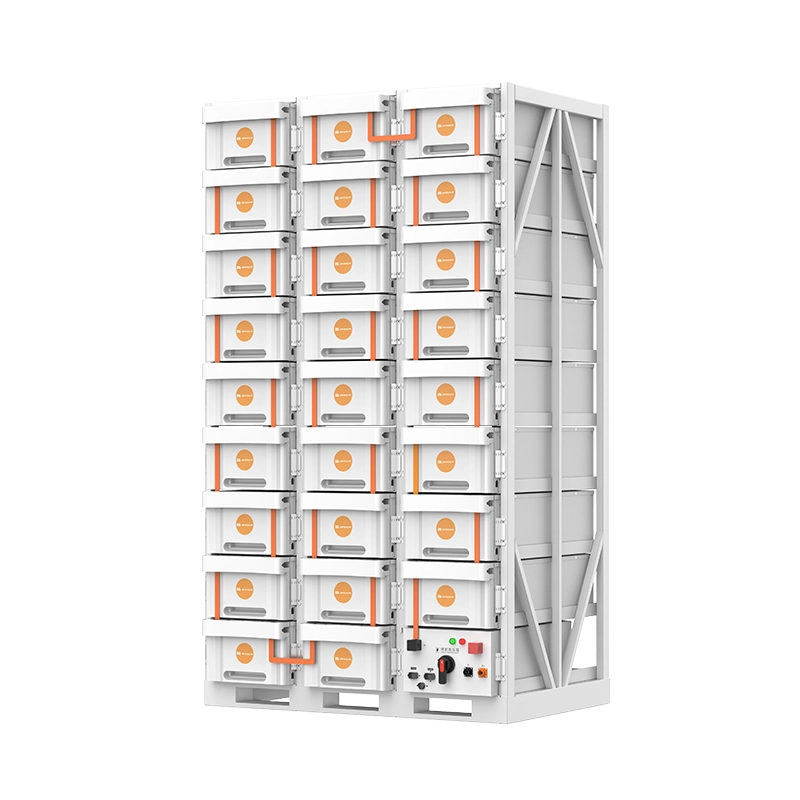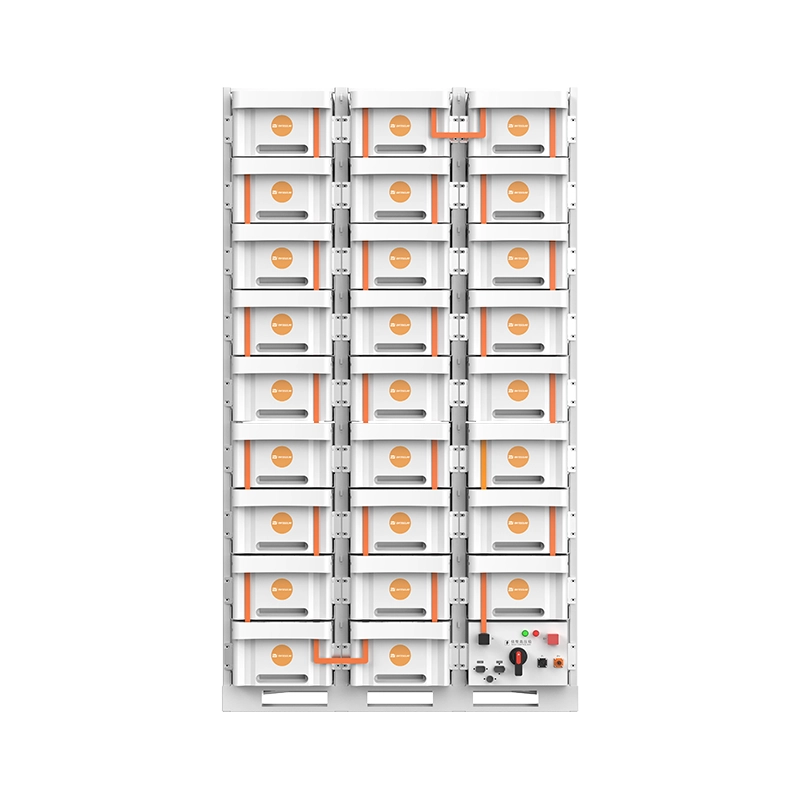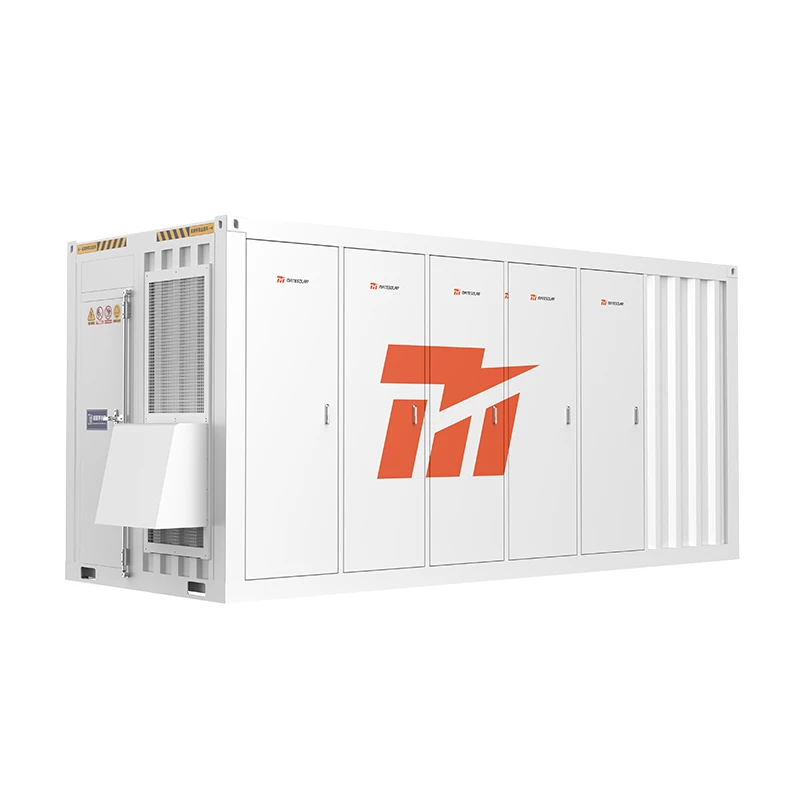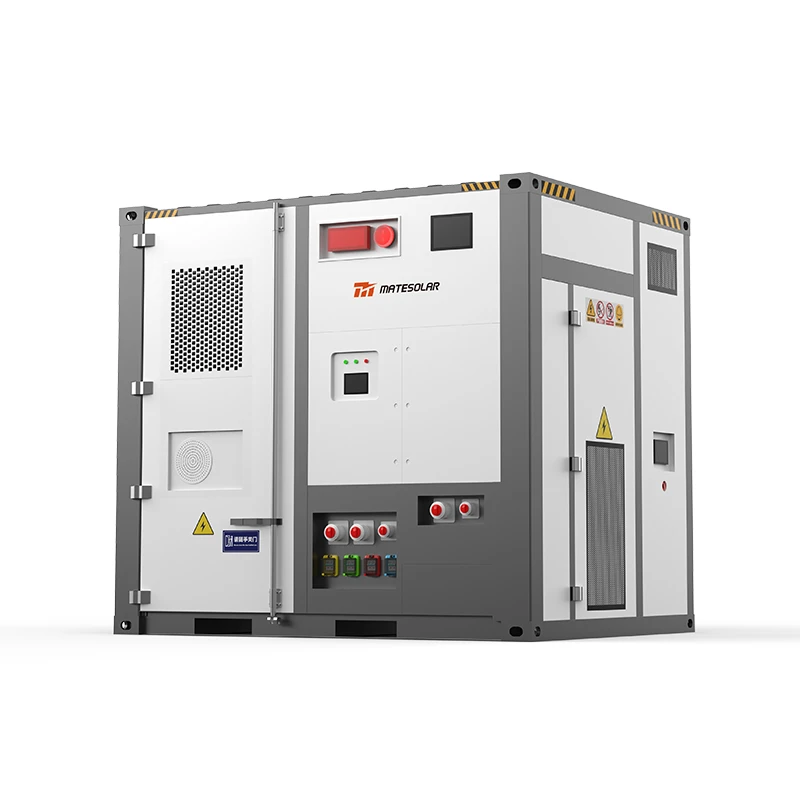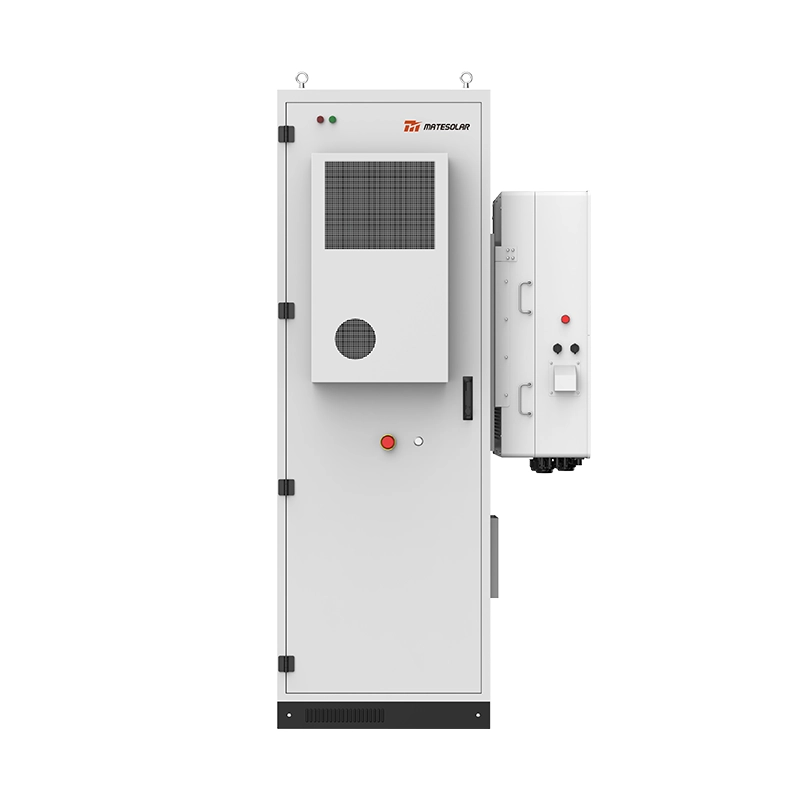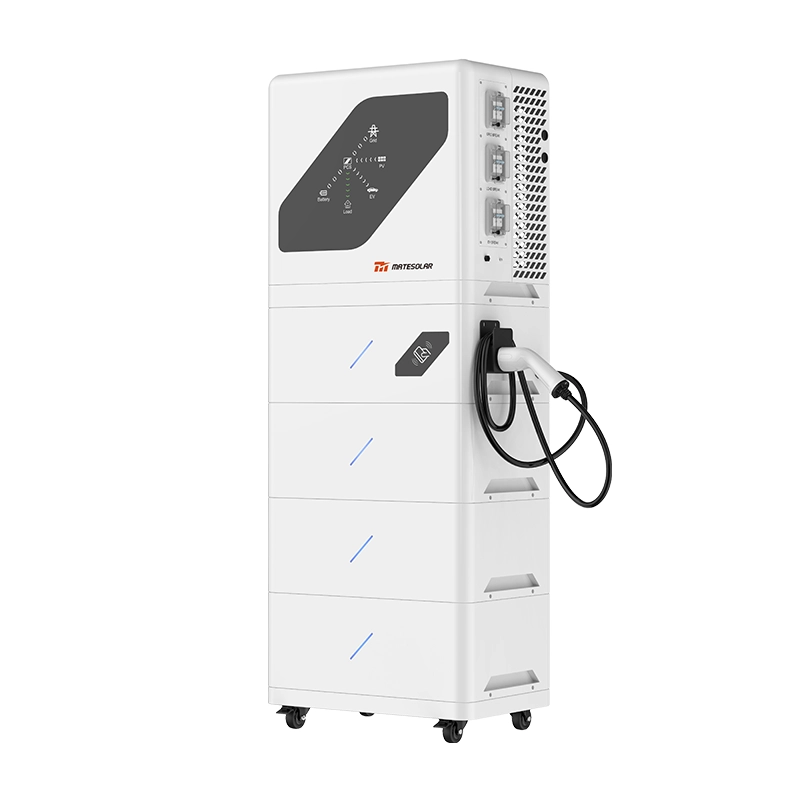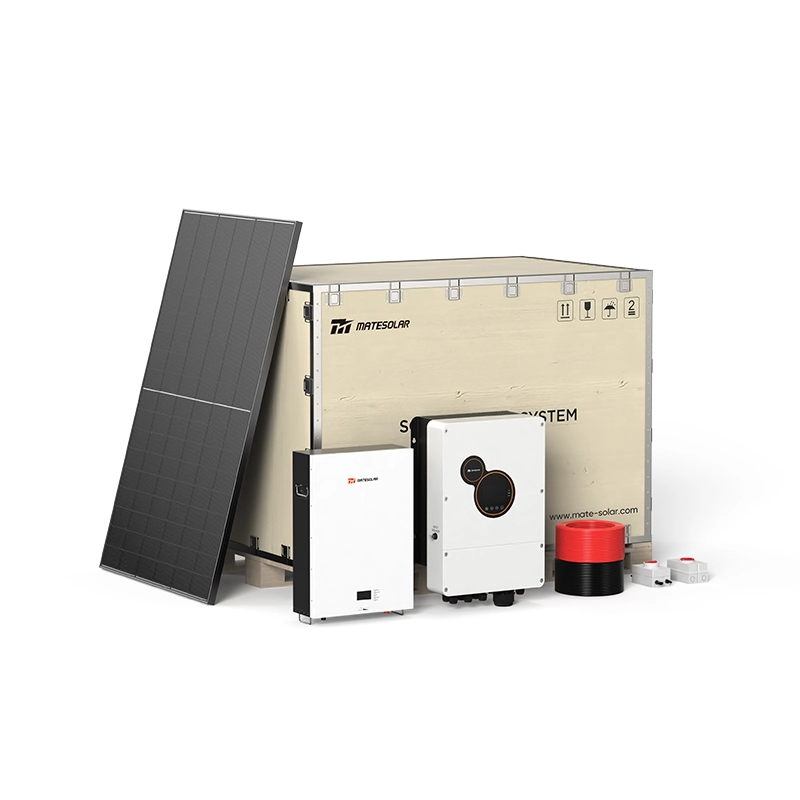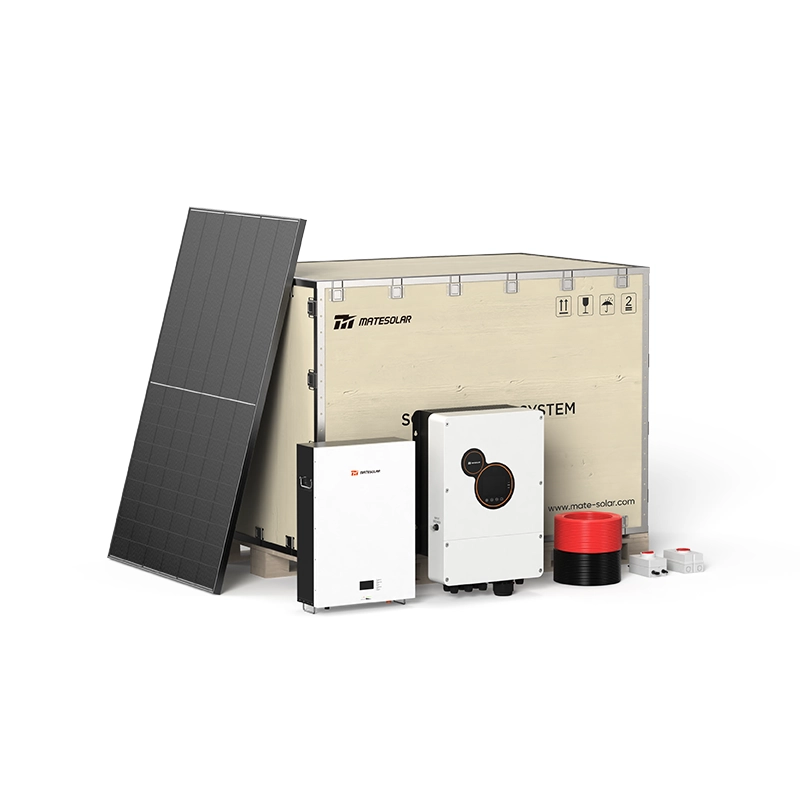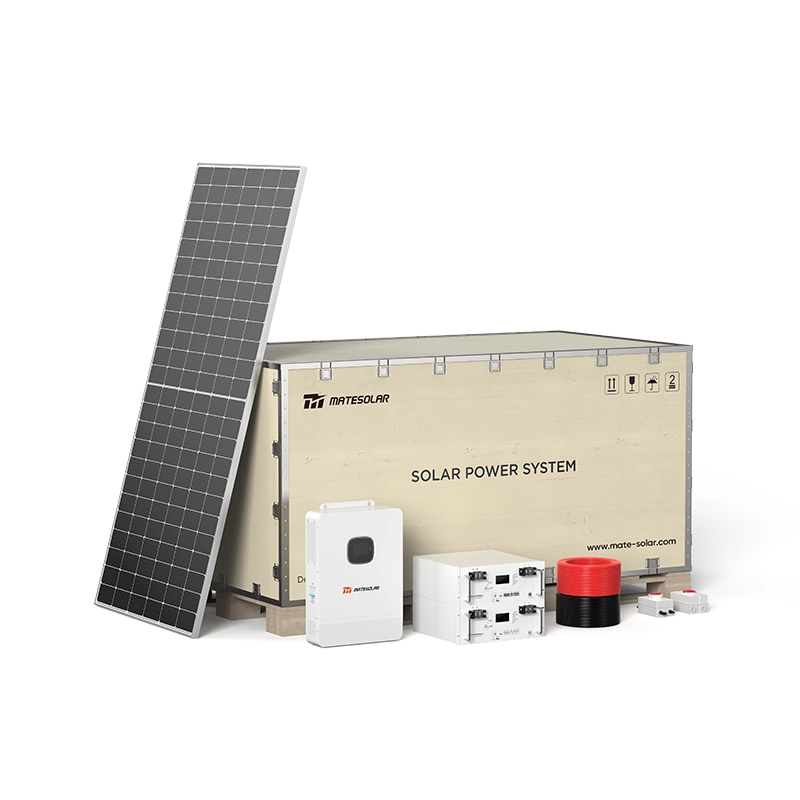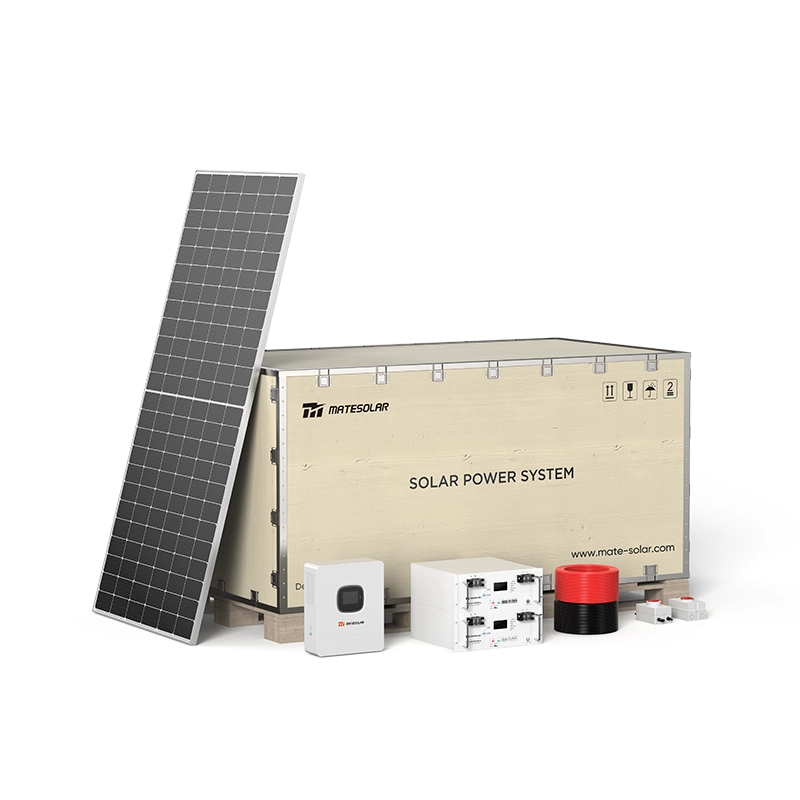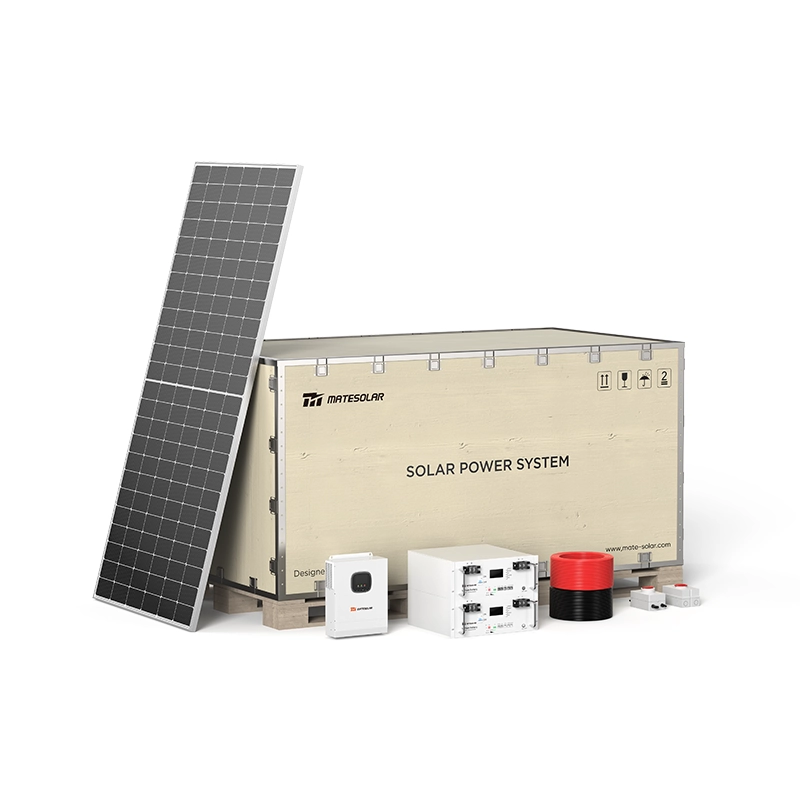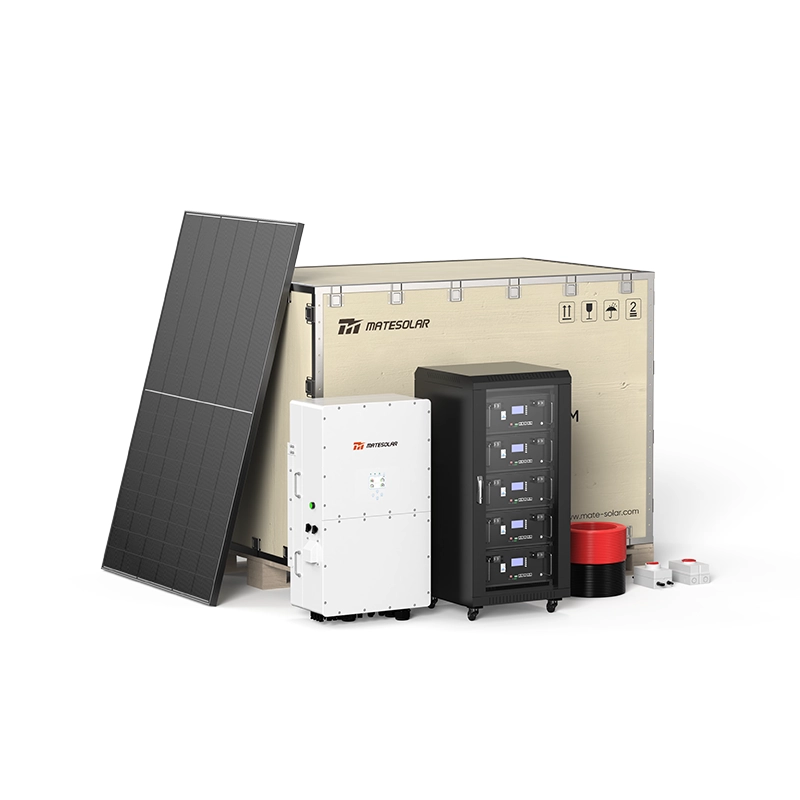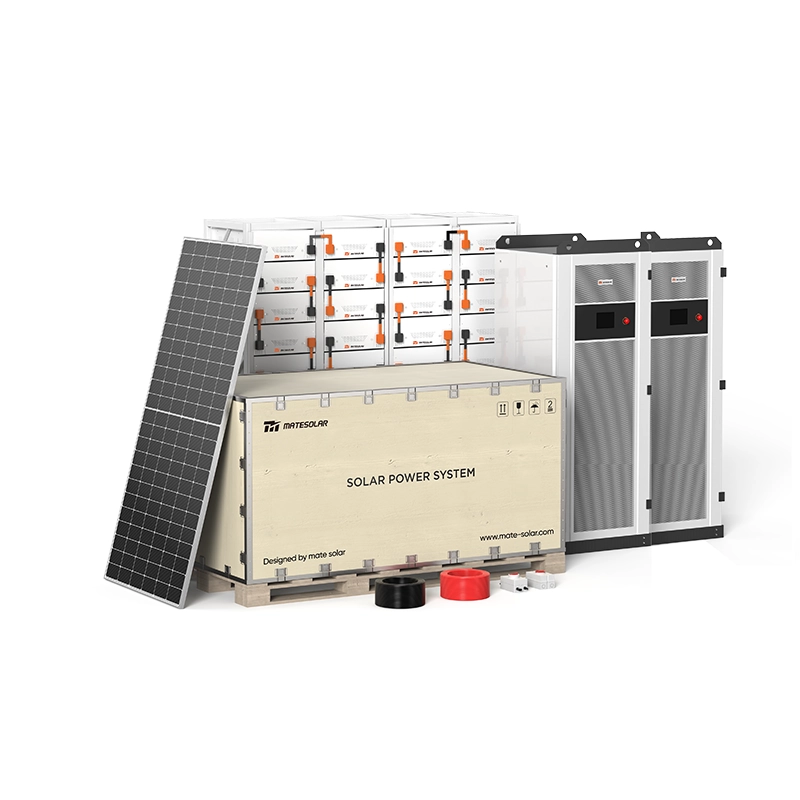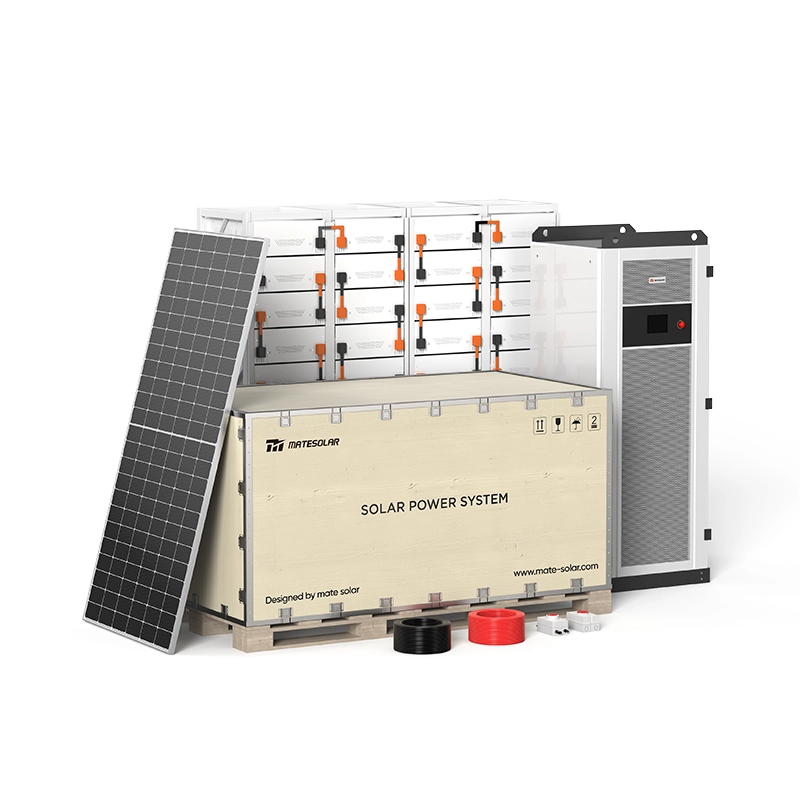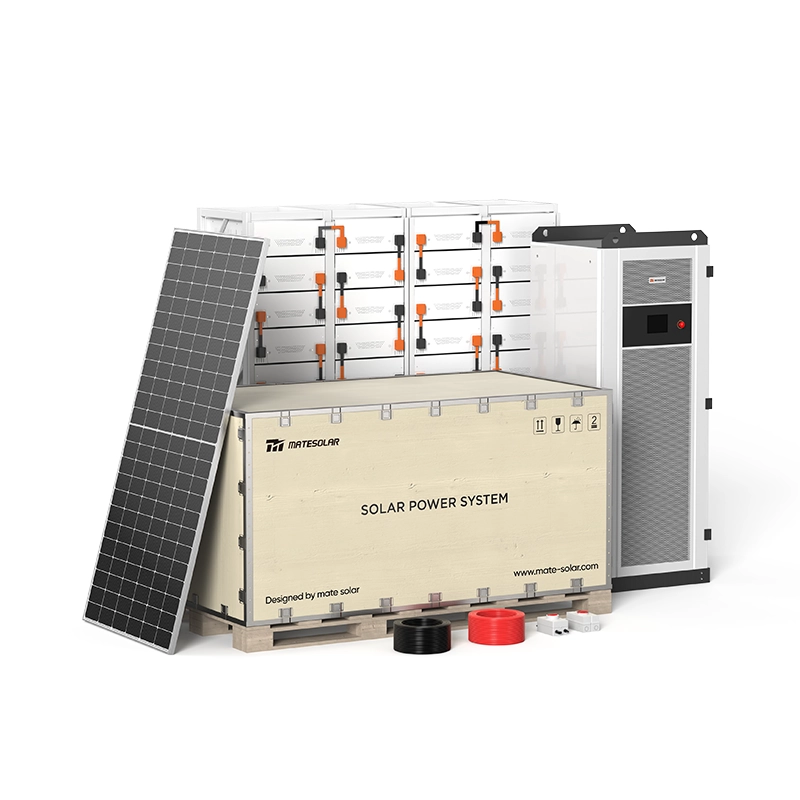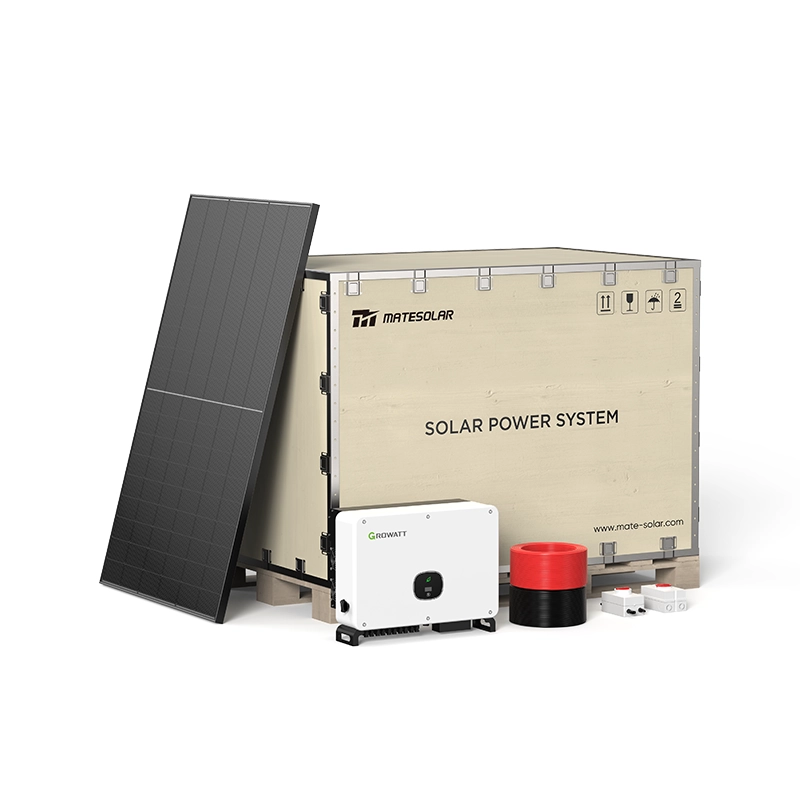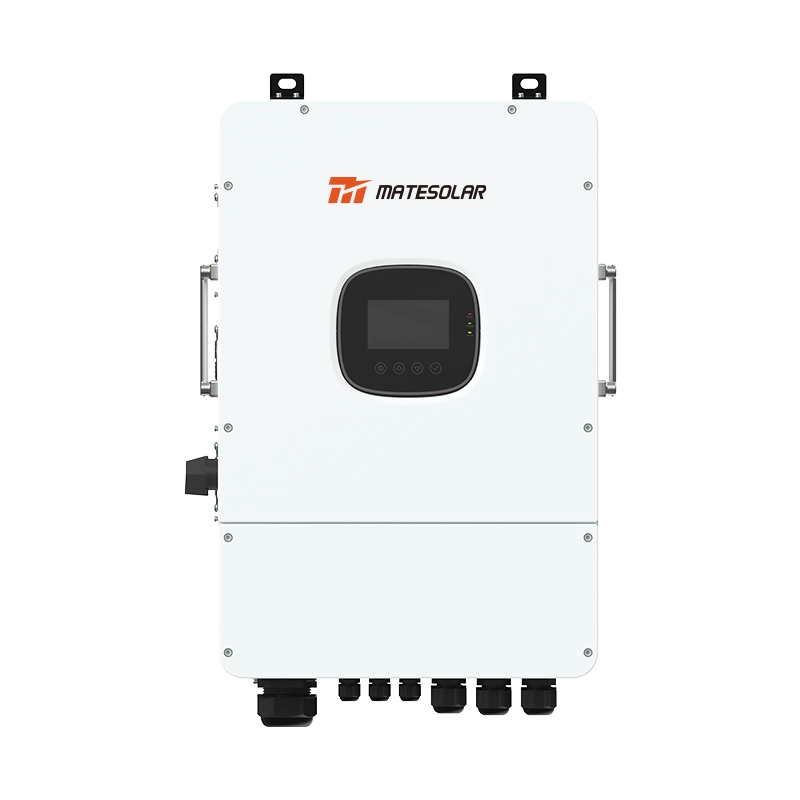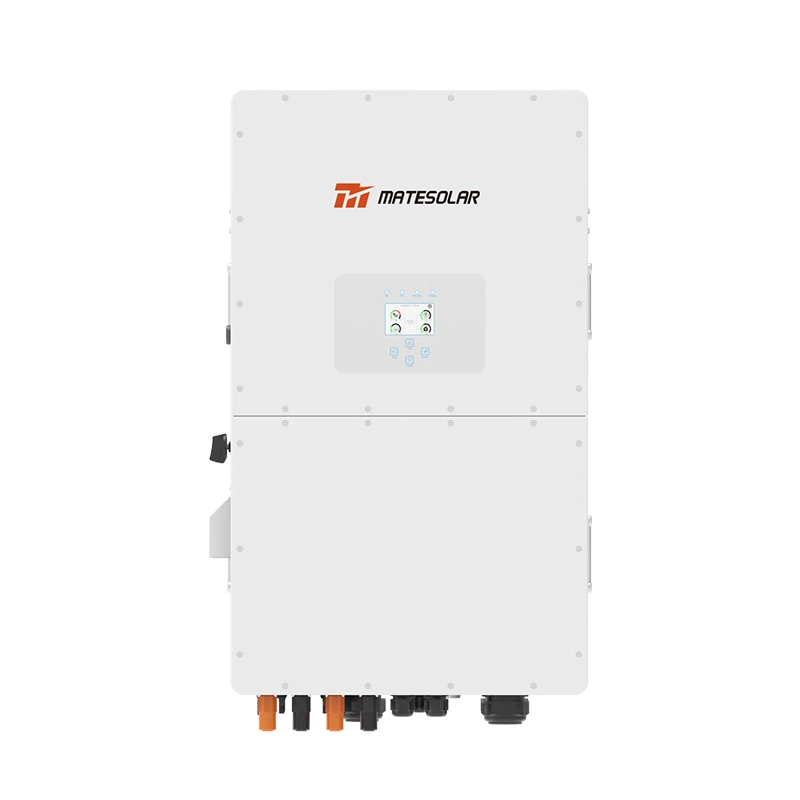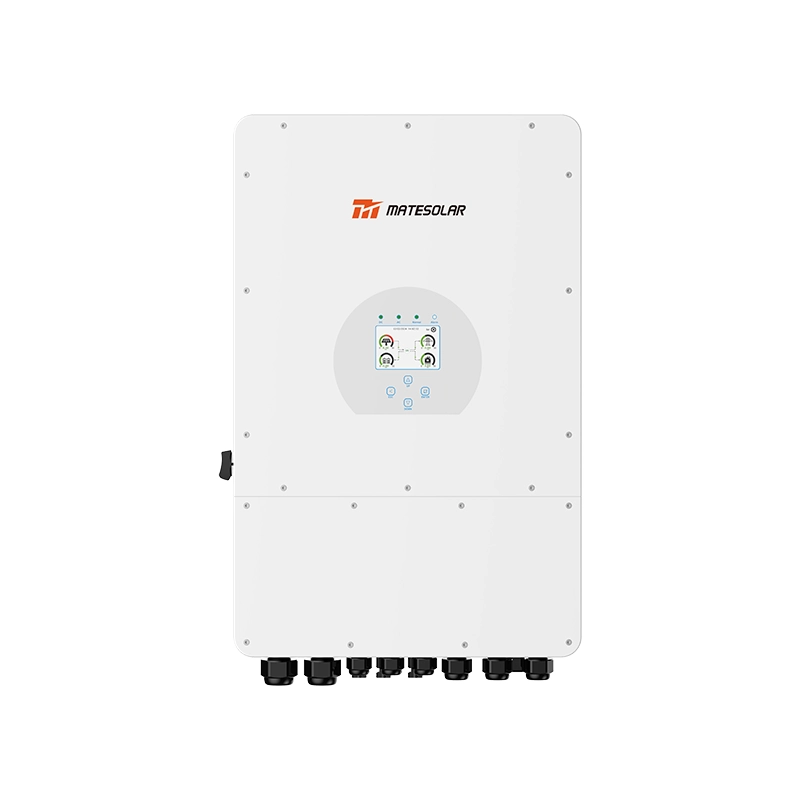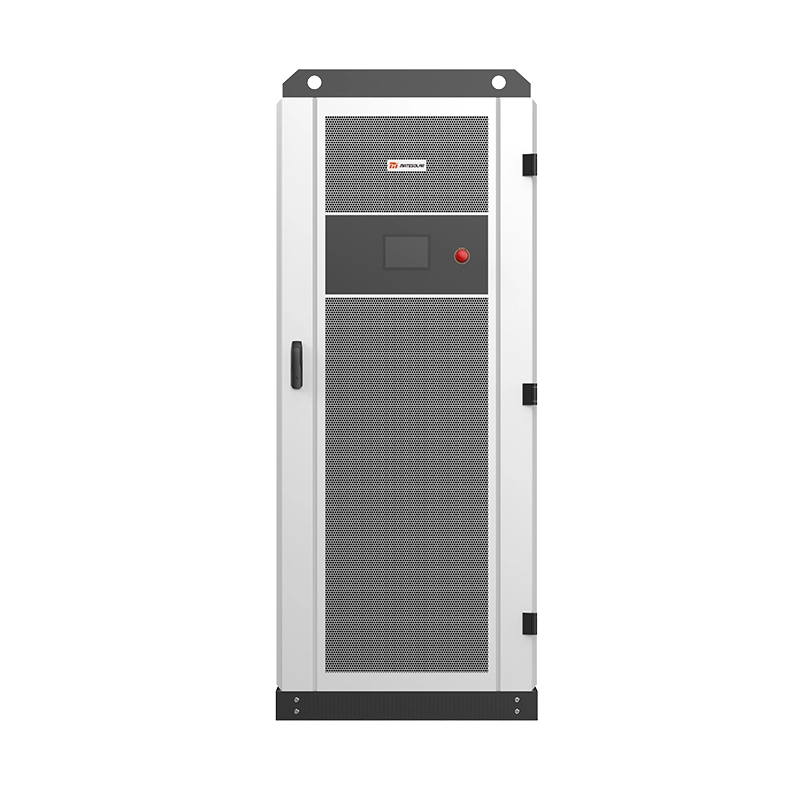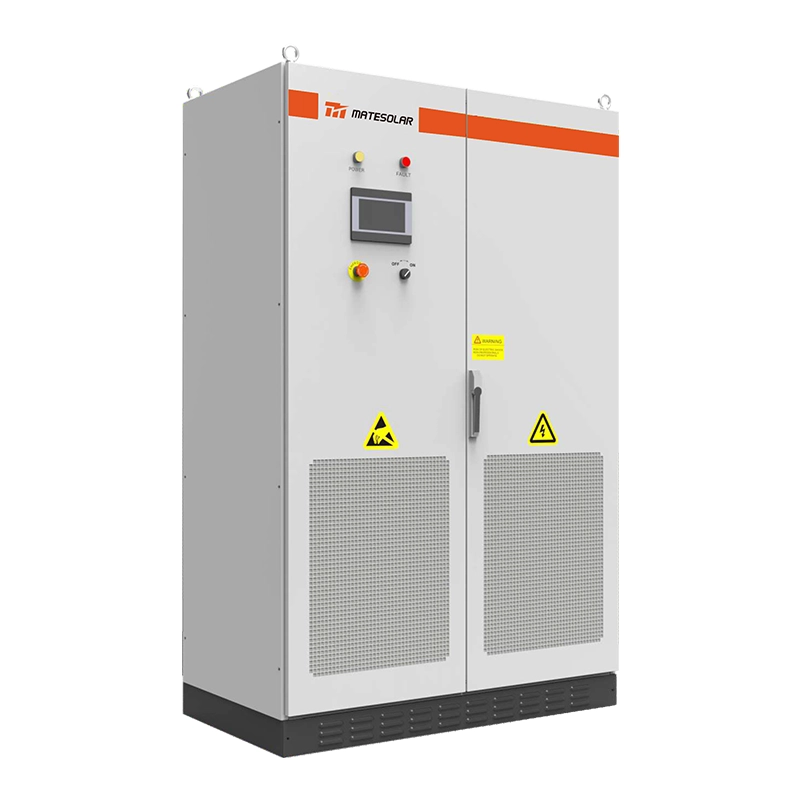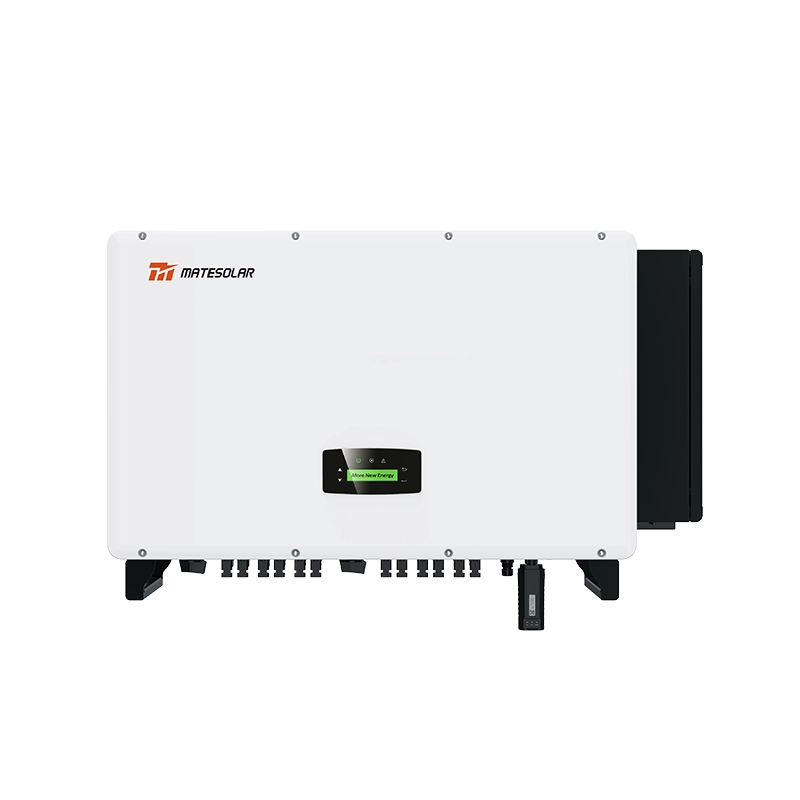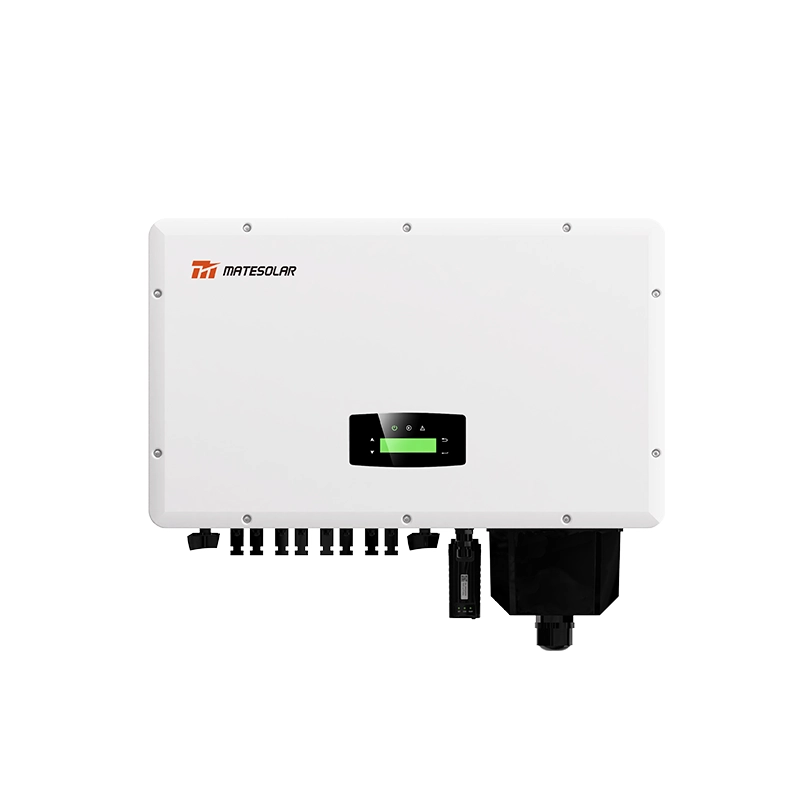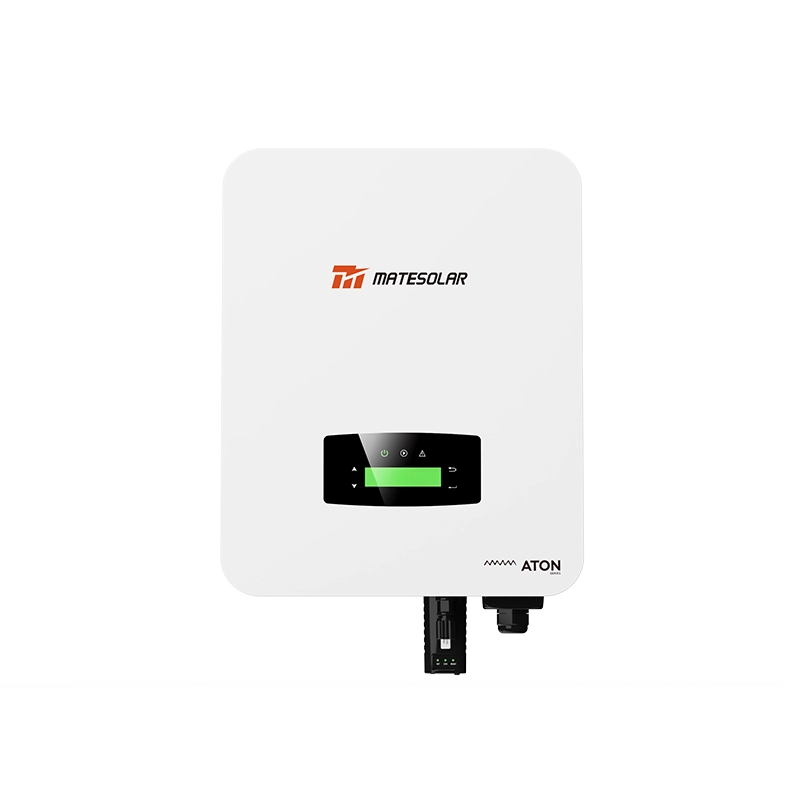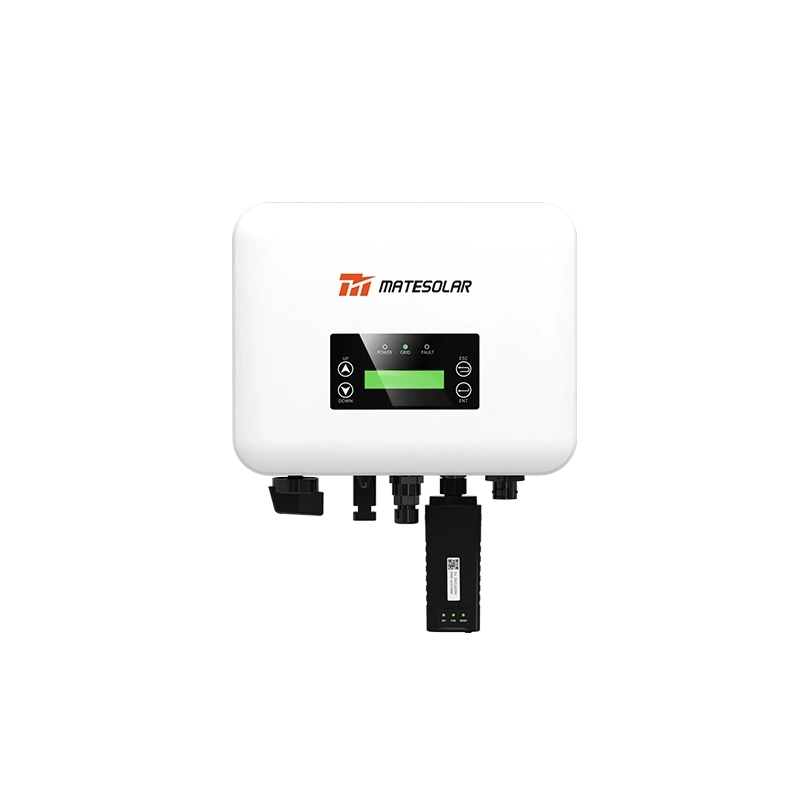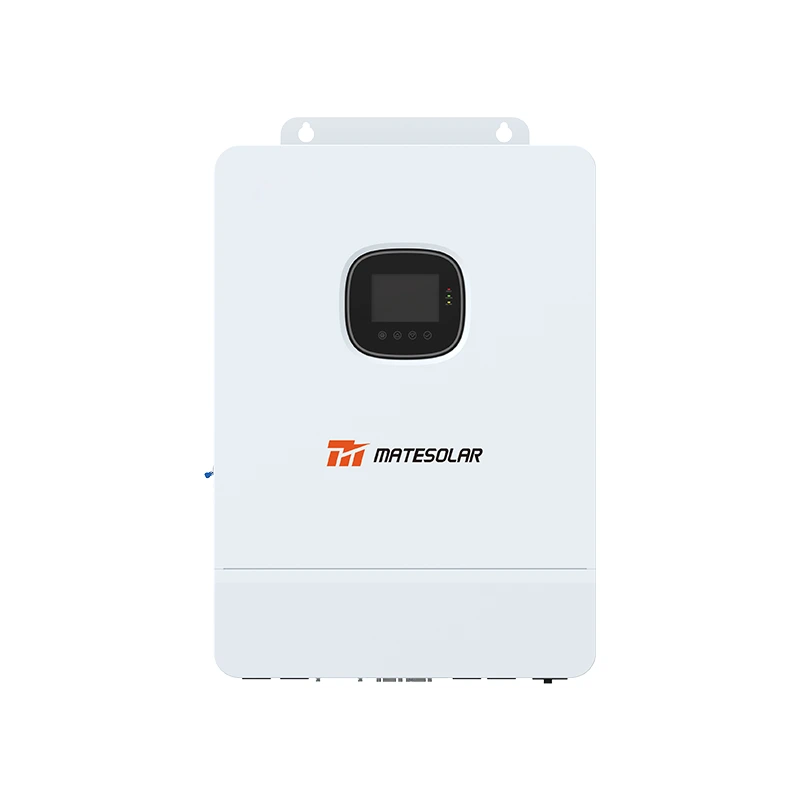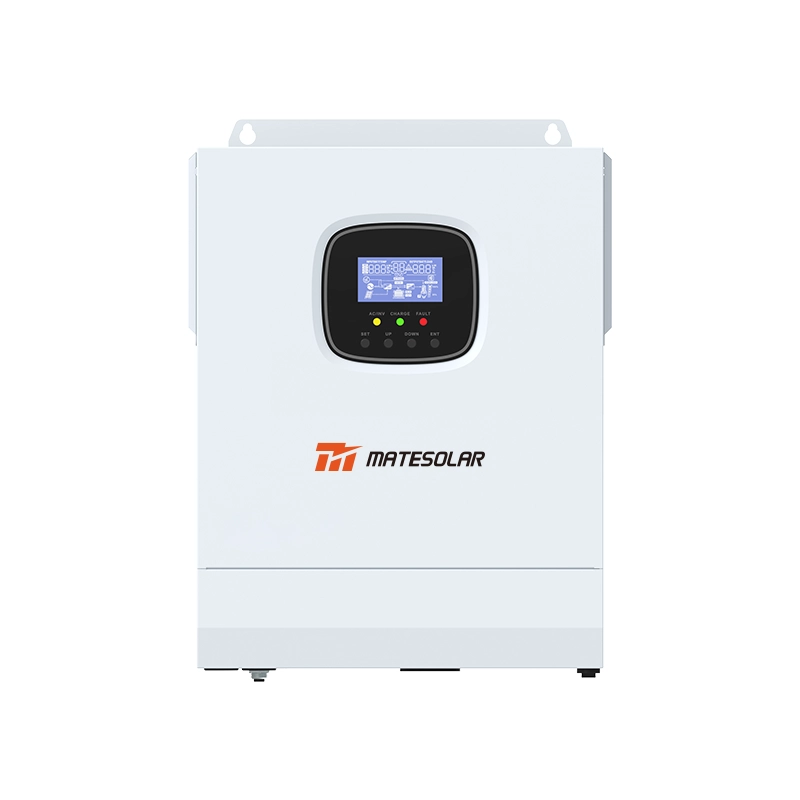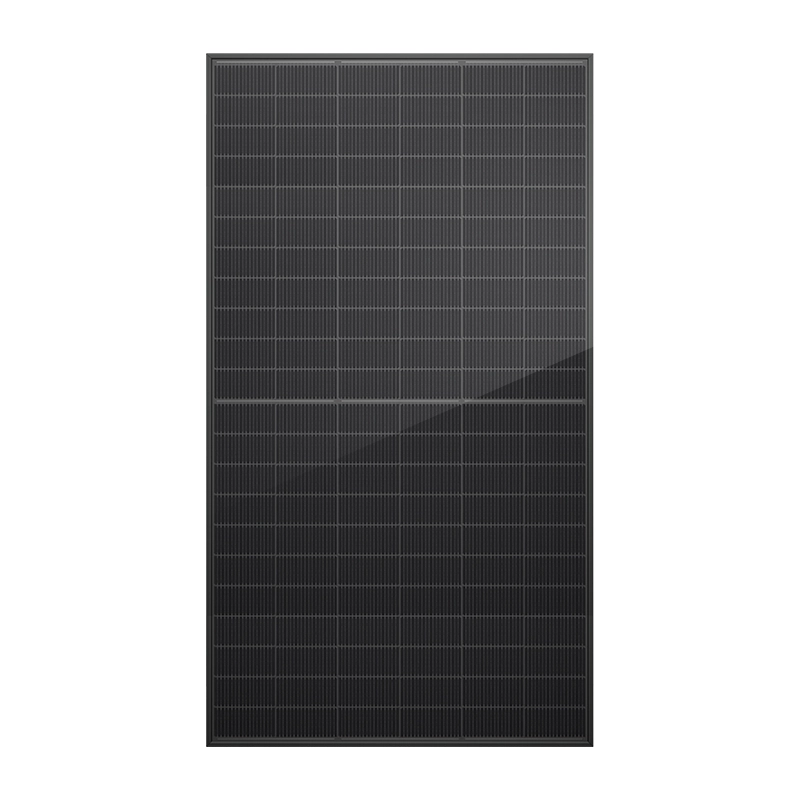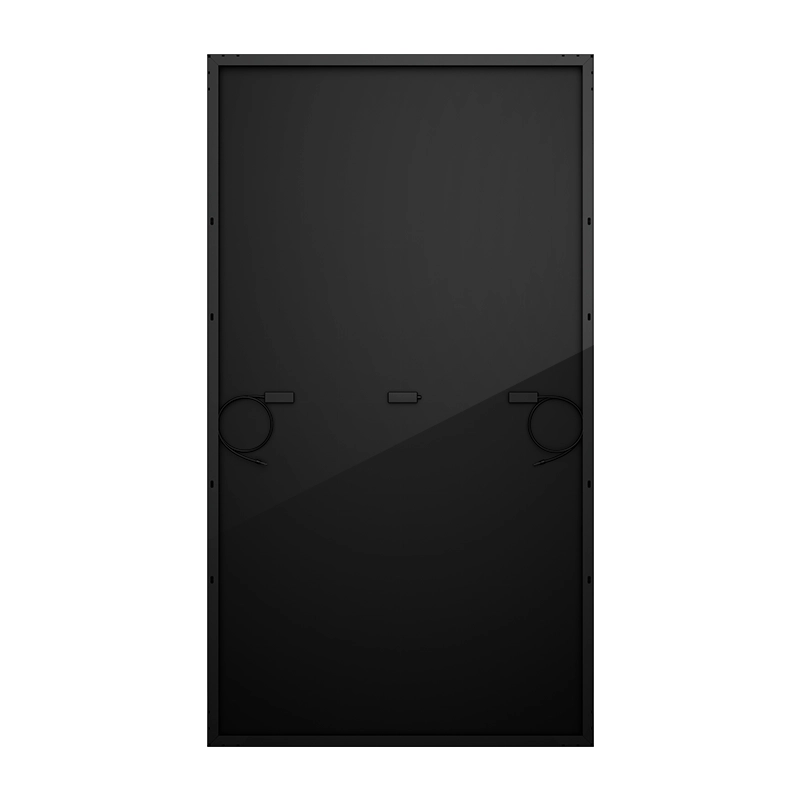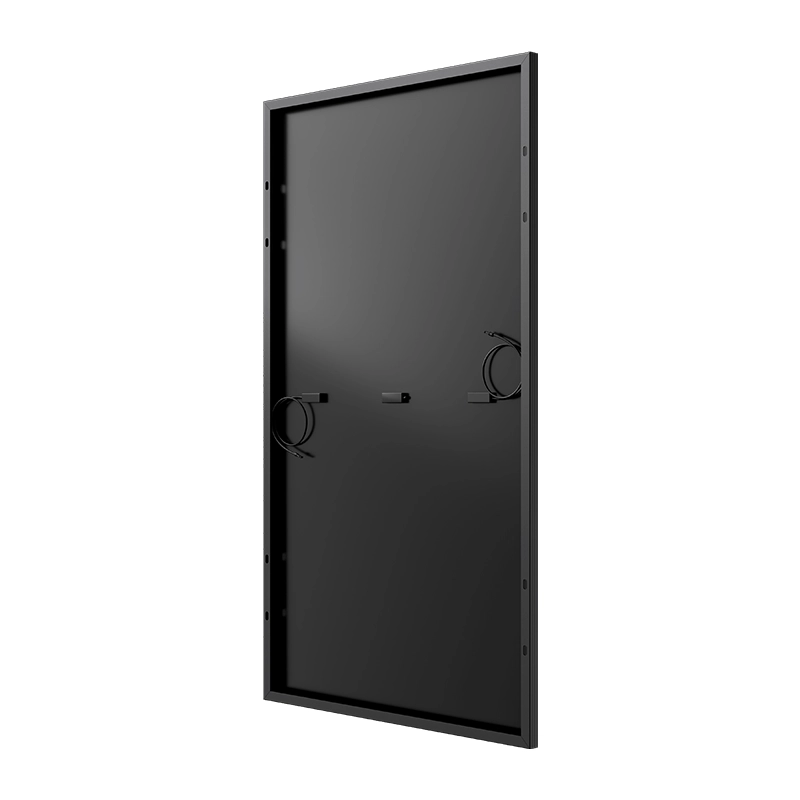Mechanical Parameters
| Layout | 132Cells (6×22) |
| Dimensions | 2094 × 1134 × 30mm |
| Weight | 25.5kg |
| Junction box | Ip68 rated (3 by pass diodes) |
| Packaging | 36pcs/box, 180pcs/20'GP, 792pcs/40'HQ |

Electrical Characteristics (STC*)
| Module Type: MS540M-66H | 520 | 525 | 530 | 535 | 540 |
| Maximum power (Pmax/W) | 520 | 525 | 530 | 535 | 540 |
| Open Circuit Voltage (Voc/V) | 47.53 | 47.67 | 47.82 | 47.97 | 48.12 |
| Short Circuit Current (Isc/A) | 13.85 | 13.91 | 13.97 | 14.03 | 14.09 |
| Voltage at Maximum power (Vmpp/V) | 39.37 | 39.57 | 39.76 | 39.96 | 40.15 |
| Current Maximum Power (Impp/A) | 13.21 | 13.27 | 13.33 | 13.39 | 13.45 |
| Module Efficiency(%) | 21.90 | 22.11 | 22.32 | 22.53 | 22.74 |
Electrical Characteristics (NMOT*)
| Maximum Power: Pmax [W] | 391 | 395 | 399 | 403 | 407 |
| Open Circuit Voltage: Voc [V] | 45.31 | 45.46 | 45.61 | 45.76 | 45.91 |
| Short Circuit Current: Isc [A] | 11.07 | 11.13 | 11.19 | 11.25 | 11.31 |
| Voltage at Maximum Power: Vmp [V] | 36.93 | 37.09 | 37.26 | 37.42 | 37.59 |
| Current at Maximum Power: Imp [A] | 10.59 | 10.65 | 10.71 | 10.77 | 10.83 |





